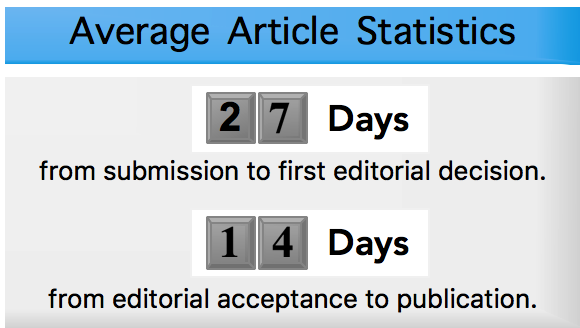Downloads
Abstract
Water pollution caused by waste from the textile dyeing industry is becoming increasingly severe, directly affecting human health and aquatic species. Currently, numerous methods have been studied and applied by scientists, among which the adsorption method is widely researched due to its low cost, environmental safety, and relatively high efficiency in dye removal. The composite material NTO/BOI was fabricated using a precipitation deposition method at room temperature and utilized to study the adsorption of the textile dye Congo Red. The structure of the fabricated material was analyzed using X-ray diffraction (XRD) and scanning electron microscopy (SEM). This paper presents the effects of NTO content in the NTO/BOI composite, adsorption time, initial dye concentration, adsorbent mass, and solution pH on the adsorption efficiency of Congo Red dye by the fabricated material. The results indicate that the 70NTO/BOI composite material exhibits the best adsorption performance, achieving an adsorption capacity of 94 mg/g at a Congo Red concentration of 30 mg/L. The adsorption process of Congo Red dye by the composite material follows the Freundlich isotherm model and assumes second-order kinetics with a high regression coefficient of R² > 0.99. The adsorption process is strongly dependent on the pH of the dye solution.
Issue: Vol 7 No S1 (2023): Special issue: National Young Scientists Conference 2023
Page No.: 34-42
Published: Dec 31, 2024
Section: National Young Scientists Conference 2023
DOI: https://doi.org/10.32508/stdjns.v7iS1.1351
PDF = 77 times
Total = 77 times

 Open Access
Open Access 








